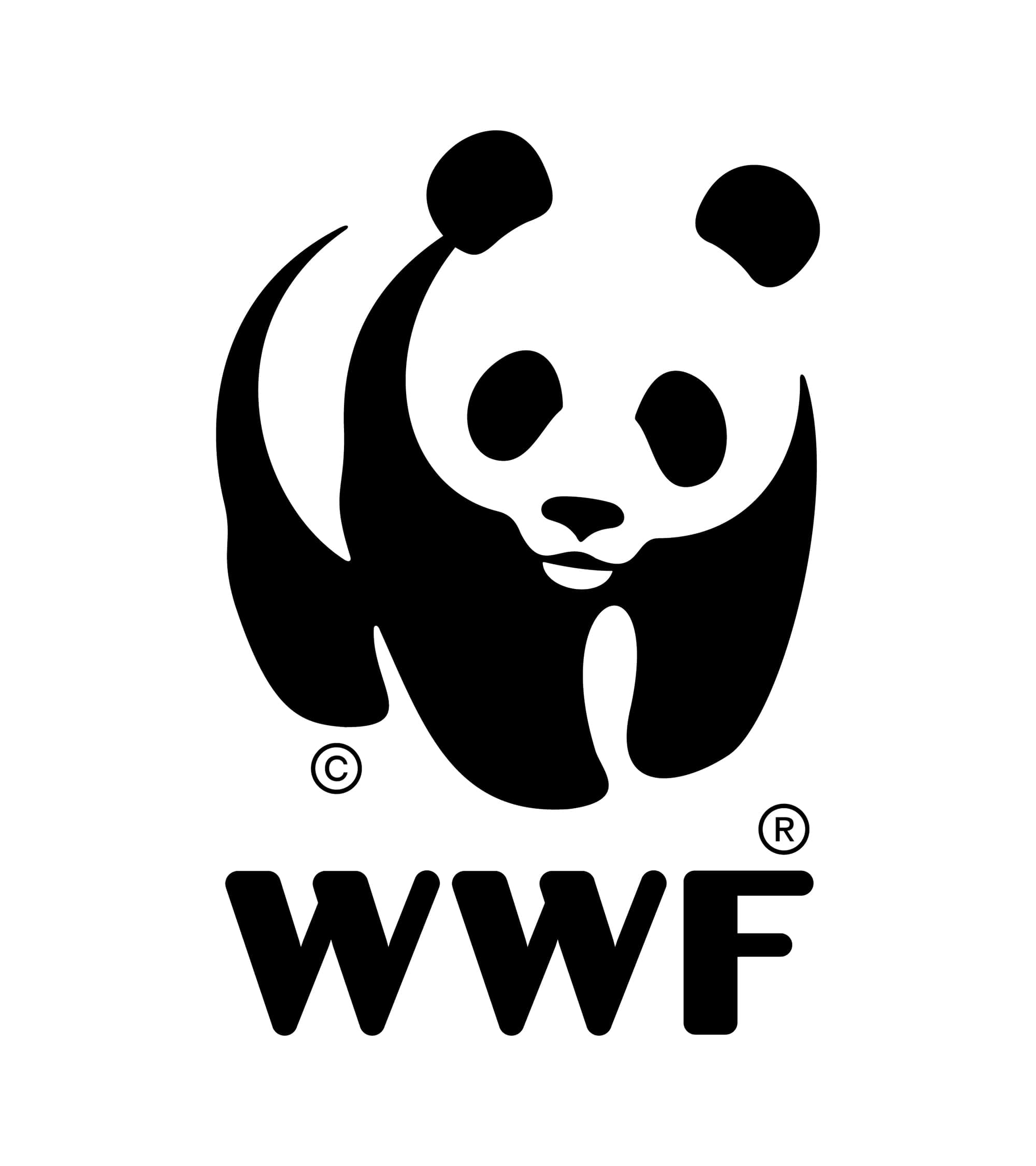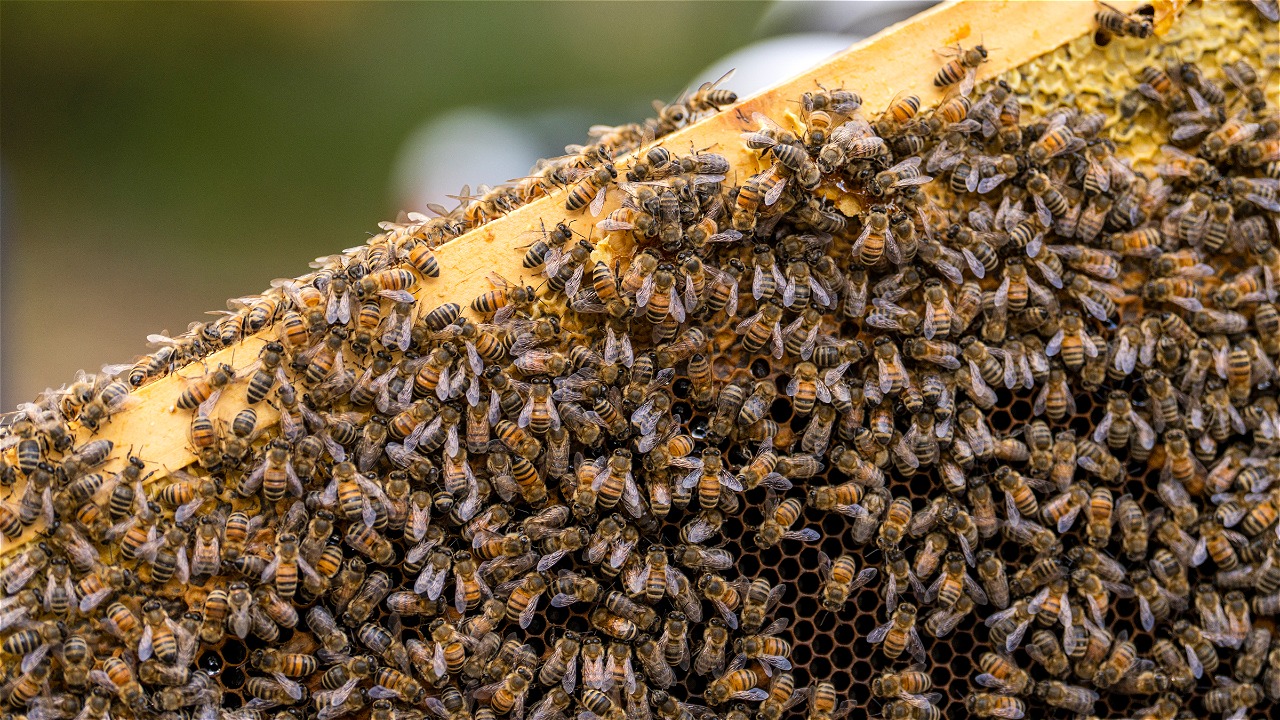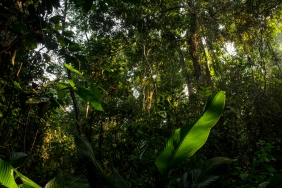TESSO NILO HONEY TO HOOK A BETTER PROSPECT
By: Masayu Yulien Vinanda
Jakarta (25/10)-The sustainable and hygienic harvesting of sialang honey around Tesso Nilo National Park, Riau Province has spurred its market segment. Three months after exporting one ton of honey to TLH Product Industries Sdn Bhd last June, The Tesso Nilo Honey Farmers Association (APMTN) shipped another one ton of tesso nilo honey to the Manufacturer & Supplier of honey based product in Malaysia.
It was a great breakthrough for the future of Tesso Nilo honey since market segment has been a major threat challenge for the Association in developing the community-based honey business. Through APMHTN, the farmers association established in 2009, WWF has facilitated tries to encourage the sialang-honey farmers in their bid to implement sustainable and hygienic harvesting in accordance with to Internal Control System (ICS) standards.
Until now, APMTHN has assisted farmers in three villages; Lubuk Kembang Bunga, Gunung Sahilan, and Air Hitam. According to Adi Purwoko, WWF Indonesia Riau Programme Community Engagement Module Leader for WWF-Indonesia Riau Program Adi Purwoko if the market challenge could be overcome, the association would be able to expand its operation . Nnot only in three villages, but also to other villages of honey producers which attains 16 villages in Tesso Nilo.
“The potential of sialang honey in Tesso Nilo reaches to 30 tons of honey per month. Meanwhile from of its members (the three villages), the association absorbs 600 kilogram of honey per month on an average. It only covers 2 % of all the forest honet honey potentials in Tesso Nilo. With the wide-ranging market, we can expand to other 13 villages, encouraging the honey farmers to join the association as well as implement sustainable and hygienic harvesting,” he added.
Furthermore, to get better honey price in the market, WWF also helps facilitate the farmers in the process of achieving organic certification from Indonesia Organic Alliance (AOI). To meet the AOI certification standards, besides implementing ICS-based harvesting, they also have to implement the well-managed administration system, for instance the use of log book which records the detail information regarding the origin of the honey. The log book also carries other information such as the harvest location, sialang tree identity (its ownership status), numbers of beehives harvested, and so forth.
“If all the standards had been fulfilled, AOI will grant the certificate for this group of famers. This would grab more market since many big companies only buy certified organic honey. AOI is scheduled to come to Tesso Nilo in the mid September reviewing and making assesstment whether APMHTN has met the Aliiance’s standards,” Adi continued.
Moreover, Tesso Nilo sialang honey also has other economy potential. The beehives are good raw material to make candles. In the association itself, the community have has started to make the beeswax candles. As a result, several companies in Surabaya, Jogja, and Medan have continuously ordered the candles. Every kilogram of the beewax candles is sold for 25 thousand rupiahs.
In the future, WWF-Indonesia Riau Program will also develop the new bee-based business as an alternative income beside organic honey. The beewax candles can be made into soap, cosmetic, and aromatheraphy candle. “We are now still trying to engage with external parties who can give training to the community of how to process the beeswax candles. The beewax candles burn longer and cleaner than traditional paraffin candles. They also have better price at the market. I believe this will be a good opportunity to increase the economy of the community living near Tesso Nilo area,” he said.




